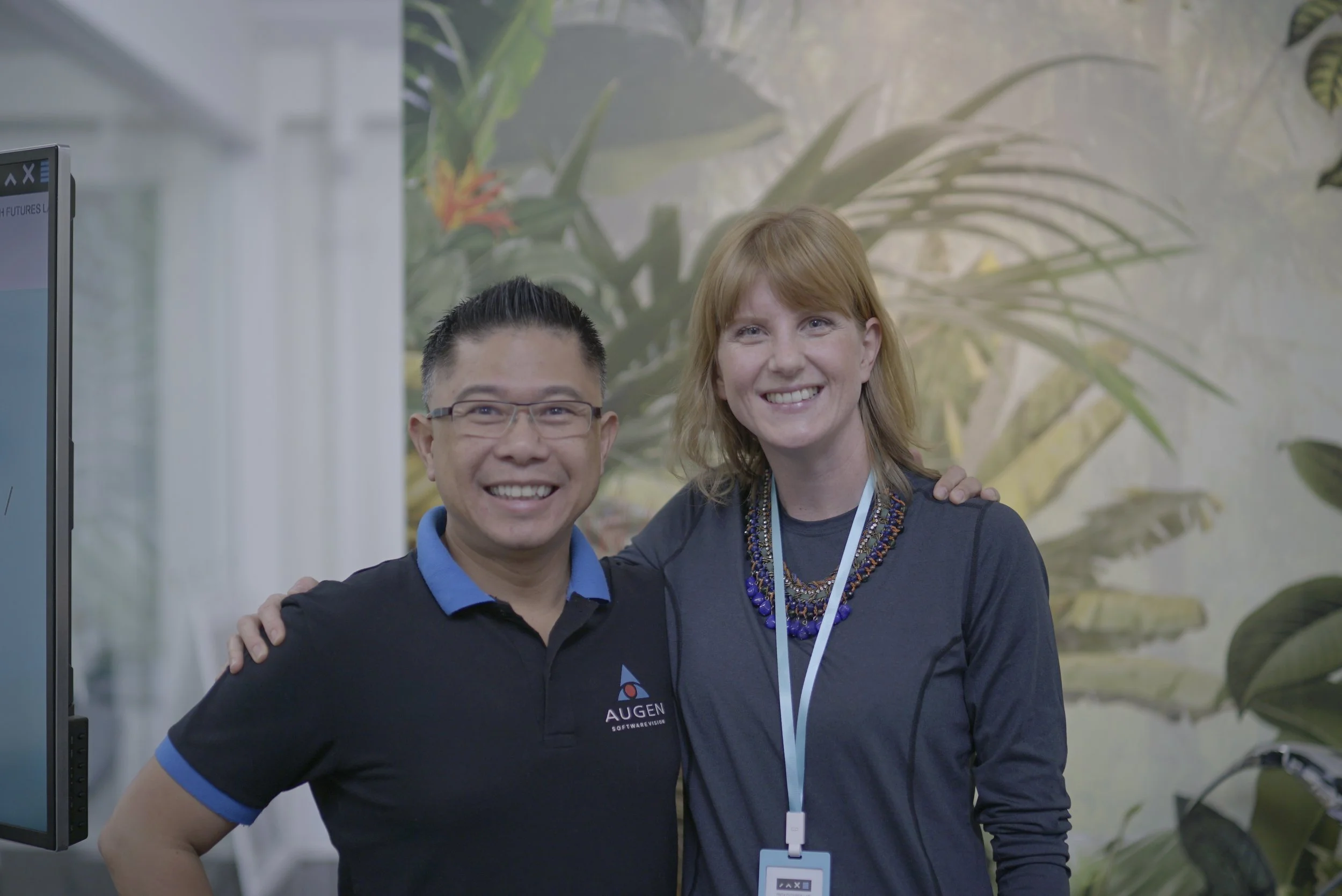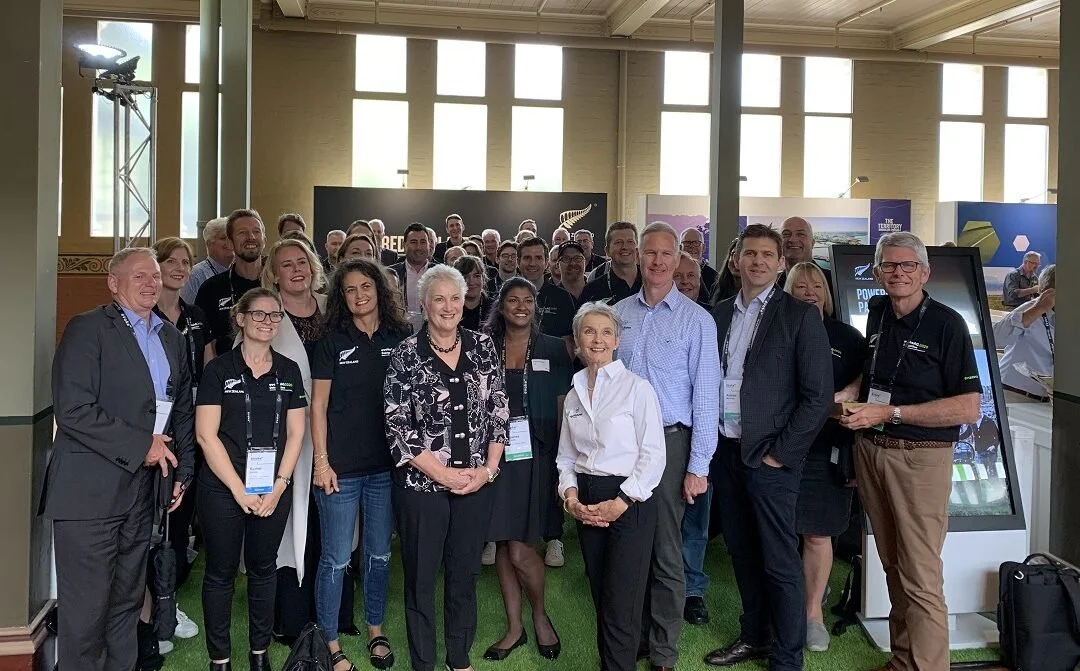Good governance at AgriTech NZ
How can governance best support a new venture to grow?
At Tech Week 2018, NZ’s festival of technology and innovation, the spotlight was firmly on agritech: tech-enabled solutions to produce more with less and make farming more efficient. The headline event ‘10 Billion Mouths’ highlighted the looming challenge of the number of people the world would need to feed by 2050. The keynote speech was by Arama Kukutai, a leading agritech venture capitalist. He posed the question: what was NZ’s role in solving this challenge?
The event was also the backdrop for the launch of AgriTech New Zealand as NZ’s vehicle for broad cross-sector collaboration, and the newest member of the NZTech group. NZTech is a not-for-profit alliance of technology associations aiming for a more equitable, sustainable and prosperous Aotearoa/New Zealand. At the time of the Tech Week event, I was also a Director on the NZTech Board, working closely with its Chair Mitchell Pham. Mitchell knew my passion for creating sustainable businesses, and asked me to join the Executive Council of AgriTech New Zealand to support its growth. Six months in, I also became its Chair.
The AgriTech New Zealand launch created a massive buzz. Attendees included major influencers, decision-makers and funders. There was an enormous sense of excitement and possibility. But that momentum would only last so long. My challenge coming into the Chair role lay in providing the right level of governance to support growth, given the slim, two-person exec team. We also had to figure out a strategy to recruit paying members without having anything (yet) to sell, except hopes and dreams for opportunities that might come down the pipe.
What we learned and what we did
The domain trap: understanding what you need to know and what you don’t. As Chair I was conscious that I had many skills for the job, and experience in the tech sector, but little knowledge of farming or growing. However, I soon realised this was not necessary to do the job well. A great board will spot problems or issues ahead of the CEO and this is where diverse experiences and broad perspectives can shine. I focussed on understanding what my knowledge gaps were and where I could go to fill them. This also helped me develop a network of experts, supporters and collaborators - which had a flow-on benefit for the organisation.
The board is not the boss. The board obviously holds accountability for CEO performance but basing the entire relationship on that is not helpful. The real work of directors or trustees is to collaborate with the CEO to move the organisation forward with clarity, and provide counsel. It’s about partnership not power. For AgriTech New Zealand, this dynamic needed a little work. Executive Council members often felt frustrated by gaps in information and communication because the right systems, processes and governance structures weren’t yet in place. We started by getting the basics right - proper monthly numbers, reports and agendas and a principle of ‘no surprises’. We then developed our vision and scope: what is agritech; what falls in and out of that definition; what’s our brand/identity? This was very fertile ground for collaboration and helped calibrate the board/management relationship.
Saying it doesn’t make it so. As an advocacy or representative organisation, you can wave a flag and loudly proclaim your sector leadership but that’s not going to rally people to your cause for long. It doesn’t matter if you’re a not-for-profit, you have to offer something of value (preferably something that can’t be found elsewhere), just like a commercial business. We knew that a major gap existed around connecting to markets, partners, channels and investment, so we focused on strategic global partnerships to meet that need.
Results
We laid the foundations for financial sustainability by focussing on member value. The focus on strategic partnerships yielded results: AgriTech New Zealand brokered the first country partnership with Farm2050, a major collective supporting startups leveraging tech to create affordable, nutritious food. We also signed an MoU with Western Growers, the largest producer of fresh produce in North America, to address challenges entering the US market. The agreement answers questions like where to land, who to speak to, how to validate tech in-market and on-farm and enables two-way tech transfer that takes advantage of our alternating seasonality. This helped our membership build fast. We started with just a handful of members, grew to 50 and are now at 170.
The board amplifies the organisation’s impact. By delivering extra value through major international partnerships straight out of the starting block, we showed that AgriTech New Zealand had chops. This drew people in. The more people that were drawn in, the more the perceived and real value of the organisation grew. Even though they are unpaid, Executive Council seats are prized, attracting talented sector leaders, cementing the organisation’s legitimacy, capability and resilience.
We established a model for governing this new operation. As a new entity in an evolving NFP landscape, AgriTech New Zealand didn’t need a highly-differentiated governance/management structure. It needed a working board. We created a vision for board development and the range of skills required. Within 18 months we’d held the first elections with specific categories of skills for directors we wanted to attract from across government, corporate, investment, research and innovation. To maintain continuity, we established a rotation seat for elections so we wouldn’t lose all incumbents in one hit.
We achieved the mission to be a key ‘connector’ for a highly-fragmented and evolving sector. Encompassing agriculture, horticulture, aquaculture, biotech, dairy tech, fibre production and related supply chains, the sector is massive and complex, especially when exporting is added to the mix. The organisation is now first port-of-call when people want answers about NZ agritech - helping to reduce complexity and speed up decision-making. It’s a key partner for projects, consultation and international engagements and a hub for industry data and resources.
Ongoing challenges to solve
With every role or project there are things you’d have done differently and questions still to explore and answer:
how do you succession plan for a one-person organisation? How can the board support this?





